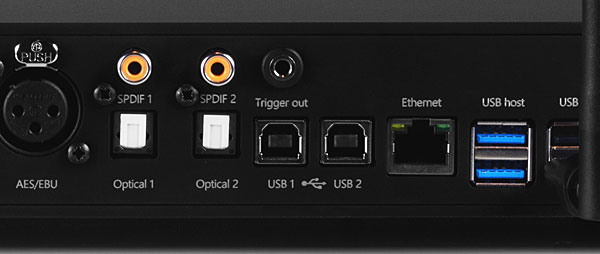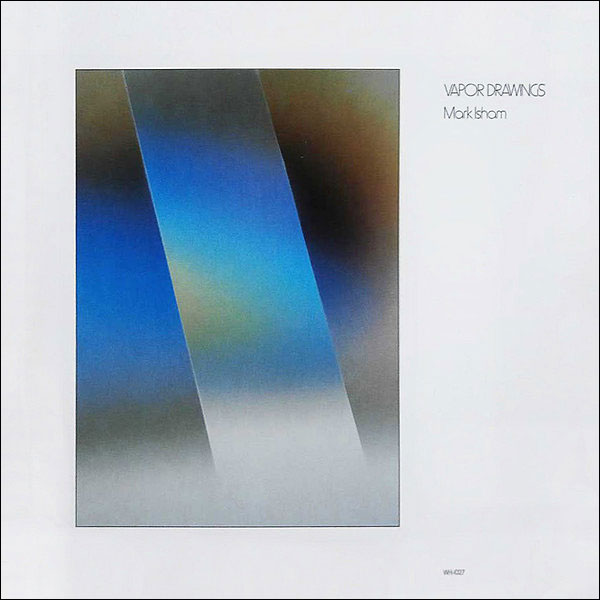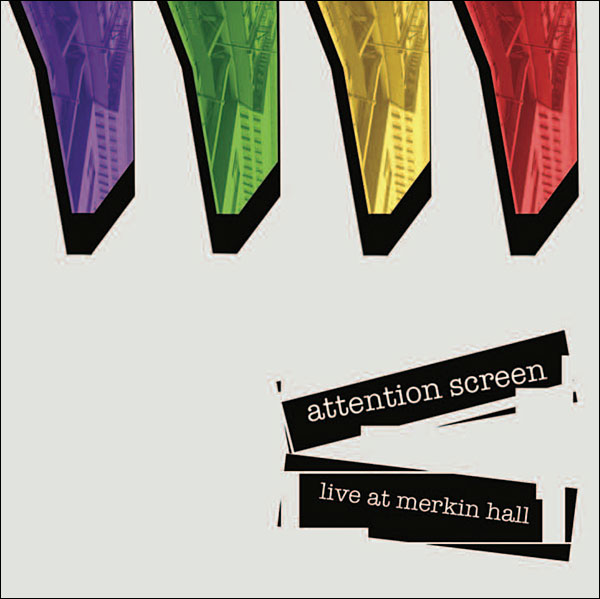| Columns Retired Columns & Blogs |
John you got the same measurements I did when I measured it last year which is good.
I have said this is the best DAC I have heard.

I have no interest in multichannel reproduction, but when Kal shared with me his very positive experience with the dac8 PRO—and then I found out that a two-channel version, the dac8 Stereo, would soon be available—I lobbied Editor-in-Chief Jim Austin for a review of the two-channel version, the Okto dac8 Stereo.
Traditionally, Stereophile has mandated that a company have US-based representation for a full review. For the dac8, all sales, support, and service are provided by Okto in Prague; there is, however, a 30-day at-home evaluation period. Given the DAC Stereo's affordable price—€1203 (equivalent to $1423 at the time of writing) including a Raspberry Pi 4–based streaming module (€89 when bought separately) and an Apple remote control (€25)—Jim enthusiastically agreed.
The Okto dac8 Stereo
The front panel of this slim black box features a central rotary knob flanked by two white-on-black OLED displays. On the right is a ¼" headphone jack. The crowded rear panel offers two pairs of balanced-output XLR jacks and a plethora of inputs: one AES/EBU (XLR); four S/PDIF (two coaxial RCA, two TosLink optical); USB Type B; two USB Type A; and Ethernet (RJ45). When the dac8 Stereo is ordered with the streaming module, a supplied Wi-Fi–capable jumper connects one of the USB Type A ports to one of the USB Type B ports. The Raspberry Pi accepts a MicroSD card on which the user loads software for the preferred streaming app.

The processor's D/A circuitry is based on one of the popular ESS Sabre DAC chips, which offers a choice of seven FIR (finite impulse response) reconstruction filters for PCM data. These are cryptically labeled: FRLP (fast rolloff, linear phase); SRLP (slow rolloff, linear phase); FRMP (fast rolloff, minimum phase); SRMP (slow rolloff, minimum phase); AFRLP (apodizing, fast rolloff, linear phase); HFRMP (hybrid, fast rolloff, minimum phase); and BW (brickwall). There is also a choice of low-pass filters for DSD data with cutoff frequencies of 50kHz, 60kHz, and 70kHz. The filter can be selected with the front-panel display menu using either the rotary knob or the Apple remote control. The menu also offers options for volume and balance settings, selecting and naming inputs, assigning the outputs, display brightness, auto turnoff time, and system and status info.
Setup
The review sample was fitted with the streaming module, but for preliminary listening I connected one of its USB inputs to the USB port on my Roon Nucleus+ server. The Roon app recognized the dac8 Stereo as an ALSA device, and I could stream audio data to it. Though Roon showed a functional volume control slider for the Okto, this wasn't operative with this setup. I changed the DAC's properties from "Device Volume" to "Fixed Volume" in Roon's setup menu and controlled volume with the Apple remote. As the dac8 doesn't unfold MQA data, I set it up as a renderer only, letting Roon perform the first-and-only unfold of the baseband data.

When I connected the Okto's Ethernet port to my network, Roon identified the dac8 Stereo as "bcm2835 ALSA." A Shairport option was also shown on Roon's Audio settings page, and after enabling this in Roon, I could stream audio from my Mac mini to the dac8 Stereo via Wi-Fi.
The Okto was connected directly to the Parasound Halo JC 1+ monoblocks. Okto's Pavel Krasensky had warned me that there was a bug with the review sample's firmware (v1.00) in that the channel mapping was the wrong way around, ie, when the left channel input was assigned to the left channel's output, it actually appeared at the right channel's output, and vice versa. This was easily fixed with the menu, and the bug should be corrected with the next firmware revision. The only operational glitch I found was that when I changed filters using the Apple remote, Roon halted playback.

Listening
The fast rolloff, minimum-phase (FRMP) reconstruction filter is the default, so I started my listening with that filter. My first impression was that there was an extraordinary transparency to the Okto's soundstage. The complex soundscapes wound by Mark Isham on his 1983 album Vapor Drawings (16/44.1k 321kbps AAC file, Windham Hill) were reproduced with impressive depth, even with this lossy-compressed version that I had used way back with my original iPod.
Aha, I thought, if it sounds this good with lossy encoding, I'll cue up the lossless version from Tidal—except that Vapor Drawings wasn't listed. However, Tidal did have one track available from the album, "On the Threshold of Liberty," part of a Windham Hill compilation (16/44.1 FLAC files). On this track, with the dac8 Stereo, the spatial separation between the different instruments in both image width and depth was extraordinary, especially through the KEF LS50 Meta speakers. The reverb on the background snare drum figure and that on the upfront solo trumpet were deliciously decoded by the Okto dac8, as were the distant trumpet calls at the start of the track and the block chording that occasionally appeared at the far back of the soundstage. This is how a superb component can transform an already excellent two-channel stereo system into a virtual reality machine.
The fundamental question when faced with a product like the dac8 Stereo is whether its astonishing retrieval of recorded detail is real or due to an unnatural emphasis. Back in the early 1970s, when I had converted our smallest bedroom into a dark room, I used to do black-and-white photography with Kodak Tri-X film, pushing it to 800 ASA and compensating for the difference when I developed it. When the contrast of the original scene was low, this process would result in what is called "Mackie lines" in the final print, where the edge sharpness of dark parts of the image is enhanced by a light outline. Some audio products produce a similar effect, sometimes due to a tilted-up top octave, other times due to the presence of odd-order distortion harmonics. The dac8 Stereo, though, opened a transparent window into recorded soundstages, unaccompanied by any feeling of fatigue or undue tonal emphasis—no "Mackie lines" here.

It has been almost 14 years since I recorded the late Bob Reina's free-jazz band Attention Screen at Manhattan's Merkin Hall, and I haven't listened to the resulting album (16/44.1k ALAC files, Stereophile STPH018-2) in several years. Listening to it now with the dac8 Stereo reminded me of the challenges I faced in creating the mix from the seven close-miked tracks, the direct feed from the bass guitar, and the two distant omni mikes. The "joins" that I had thought were seamless at the time were evident via the dac8 Stereo—more evident than I remembered. These would not be nearly so obvious to other listeners, and yet I'd still like to have a second attempt at the mix using the Okto as the monitoring DAC. In particular, with the dac8 Stereo's superb retrieval of low-level detail, such as the hall's ambience, I would make the superbly toned Steinway grand Bob was playing a little more prominent in the mix.
I streamed the DSD128 files of the Erik Westberg Vocal Ensemble's Musica Sacra album (Opus 3 19516) from Roon. I left the DSD low-pass filter set to "Auto"; the word "Native" appeared on the Okto's display. The unaccompanied singers in Bach's chorale "Nun komm, der Heiden Heiland" (Savior of the nations, come) were surrounded with a richly ambient acoustic, but that ambience did not obscure the position of the singers. Courtesy of the dac8 Stereo, the solo organ interlude in the work's second half unambiguously occupied the same space, with rich low frequencies.
Throughout my auditioning, I continued to be impressed by the combination of upper-bass weight and leading-edge definition offered by the Okto processor. The lower register of Chris Jones's fretless Fender Jazz bass guitar on Live at Merkin Hall sounded as lifelike as I remembered it sounding at the concert.
Filters
The above impressions with PCM data were with the default FRMP reconstruction filter. How would the dac8 Stereo sound with other filters?

John you got the same measurements I did when I measured it last year which is good.
I have said this is the best DAC I have heard.

How does Chord Qutest sound compared to Oktos dac?

Hello John
Thank you for the review. What I glean from it is that the unit majors on detail retrieval, leading edge definition and resolution. You also mention that another more expensive DAC gets out of the way of the music more effectively - what does that mean exactly?
Also, any dac8 owners reading this: how would you describe the sound? Anything to add?

I haven't heard Okto dac8. But, as far as the measurements published in Stereophile are concerned - I think it's in the top 10, even the top 5 possibly. Rest assured, I'm ordering this.

Okto is definitely one of the best measured DACs at a fractional cost compared to other high-end brands.

When John Atkinson and ASR both agree that something is an extreme bargain I notice. It took me a year to find one on the resale market as the Okto site rarely has one posted for sale and they go almost immediately, like Stones tickets. Happily paid full retail price even though it's used. It should arrive here in a week or so. This should definitely up the digital side of my system. Thanks John.

Unable to purchase one directly from the manufacturer due to supply issues I managed to find a Pi-less version in mint condition online. Arrived yesterday. Simply stunning using HQPlayer playing my ripped flac files. Thanks John for your enthusiastic review. Now if only the manufacturer could find a way to figure out his production issues.

Have been listening to the Okto for about 6 weeks now. It's addicting - all the clarity and detail without any edge, images beautifully with the system it's in (which has B&W 702s2 speakers that I was only mildly happy with before). What I'd planned as a couple hours of trying headphones with the DAC last weekend turned into a day into night listening marathon. They are able to put out a few for purchase every couple weeks now, get on the email notification list. It's worth it.